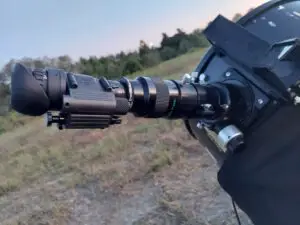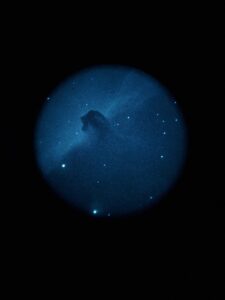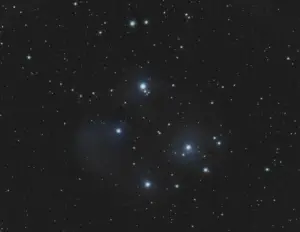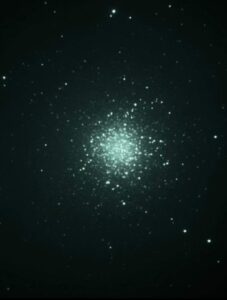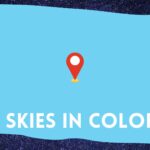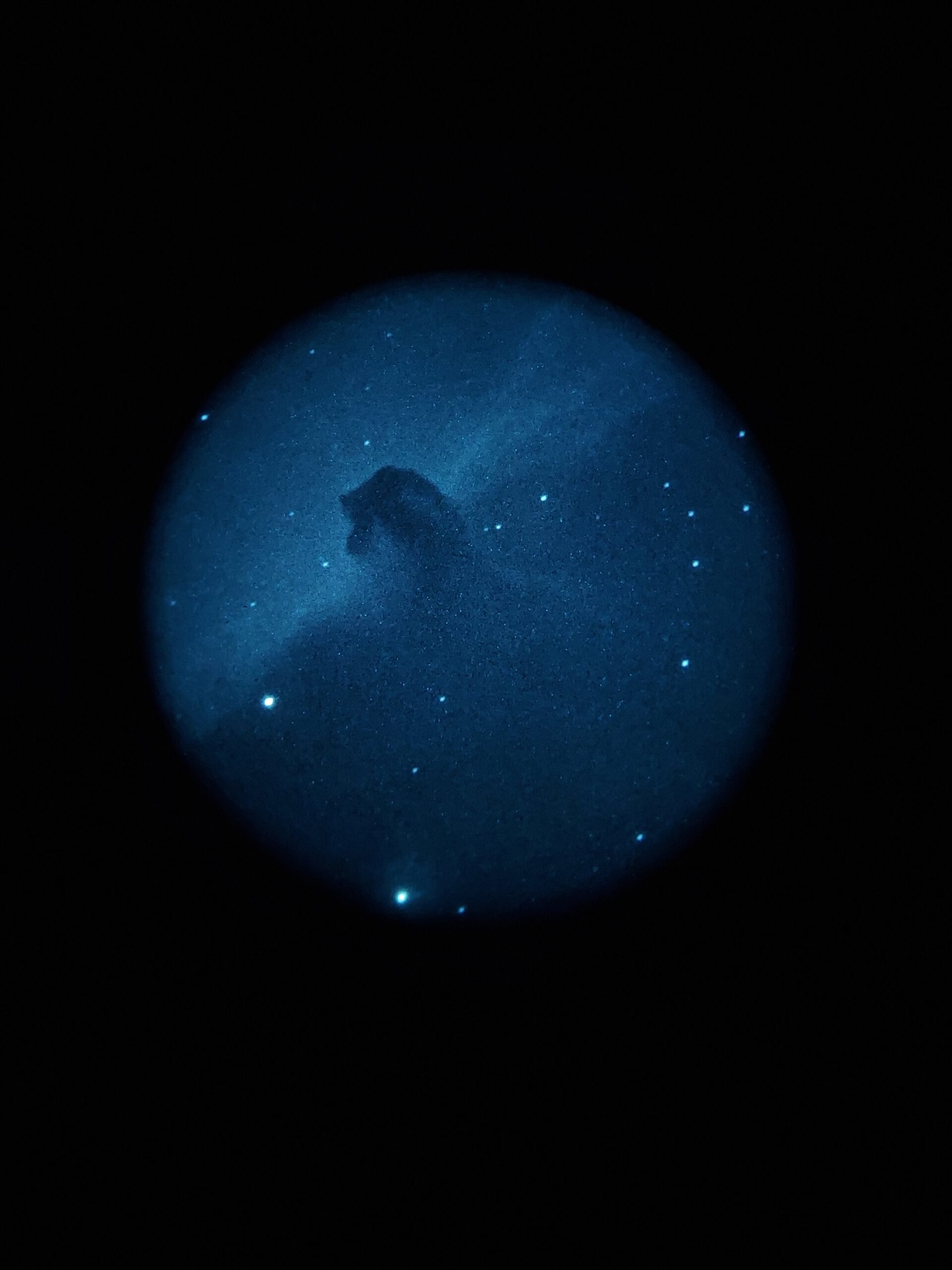Utah has the most recognized International Dark Sky certified areas in the world.
Finding astronomy friendly sites is easy in Utah, but the sites on this list have been suggested and visited by astronomers.
I will be giving details for visiting these areas so you can enjoy a night of observing. I will also include information about electricity or other amenities that may be available at these sites.
It is best to visit these areas in the shoulder seasons, early spring or fall as the weather can be pretty extreme. March and September or October are good choices if you have flexible travel dates.
Be sure to be ready with warm clothes even in the summer as the temps can drop into the 40s or below even in the summer.
I am an amature astronomer and I use a 16 inch Dobsonian Telescope, so I need to be able to drive up relatively close to unload my scope and my setup requires electricity. I generally bring my lithium battery pack to power my telescope.
These sites are great for stargazing with or without a telescope.
Southern Utah parks are often very very busy, so sticking to the lesser known parks may give you more lodging opportunities and fewer neighbors.
Pit n Pole, Rush Valley, Utah
Pit n Pole is a popular observing location for local Utah astronomers. If you go out on a clear night you may find that you are not the only one there!
Pit n Pole is about an hour from Salt Lake and is located on the edge of the desert in Rush Valley.
To get to the site you will need to turn off of I-15 at exit 278 and continue for about 10 miles until you get to Cedar Fort. You will see a sign for Camp Floyd, set your odometer and travel for 4.7 miles till you see a county line sign for Utah County and Tooele County.
From the county line drive 3/10 of a mile then turn left on a dirt road. Travel for 4.2 miles down this dirt road and turn left onto the dirt road at the top of the rise in the road.
There are two more dirt roads and you will see a pole in the ground to confirm your arrival.
You can read more precise directions at the Utah Valley Astronomy Club website. They have GPS coordinates in the linked article.
You will find yourself on Beuro of Land Management land where you can camp for free, but there are no facilities.
Be sure to dress warmly as it gets really cold at night.
Lakeside Utah
Like the first site, this is a local secret spot that can be difficult to find.
This secret site is shared by I’m Not Sleepy in the Cloudy Nights Forum Take exit 62 from interstate 80, turn right at the stop sign, continue until you see the Bureau of Land Management sign for Eagle Range, turn left towards Well 78 and continue for about 1/8th of a mile.
This is a very rural site with no facilities or electricity.
It gets very cold here, so pack warm clothes. It also gets muddy in the winter so be careful not to get stuck.
Cedar Mountains
This is a more general suggestion for those looking for some dark skies.
The Cedar Mountains are a 45 mile lone mountain range in Tooele County bordering the Great Salt Lake Desert.
This area is shielded from local lights and there are many pull off areas where you can observe the night sky.
You can access some dark areas in the Cedar Mountains via Utah State Road 196 and Cedar Mountain Road.
Natural Bridges National Monument
When visiting Utah there can be a lot of tourist congestions in The Big 5 parks in southern Utah.
If you are looking for a less crowded, but still stunning stargazing location try Natural Bridges National Monument.
Locals call this the best park for astronomy.
Natural Bridges National Monument was designated as an International Dark Sky Park in 2007 and contains some of the stunning limestone formations that draw so many to Utah.
This is an incredible place for naked eye viewing, binocular viewing or setting up your telescope.
Since this is a National Park there are events organized by rangers to help you dive deeper into the wonder that surrounds you.
Zion Wildflower Resort
If you are looking to enjoy the sky, but do not want to camp in a remote location try Zion Wildflower Resort.
You can see on the map below that the skies are very dark.
These stand alone wall tents and bungalows make it easy to set up right outside your luxury accommodations. Get the best of both worlds as you sleep in comfort, but view like you are in the wilderness. They have accommodations suitable for a single traveler or a family.
These rooms do book quickly and there are a few other glamping options around Utah, but this has been recommended by some stargazers as a great place to see the sky unpolluted.
We love to travel in our Astronomy Skoolie because the kids usually have to go to sleep while we are out observing. Having a place for some people to sleep while you observe can be very valuable.
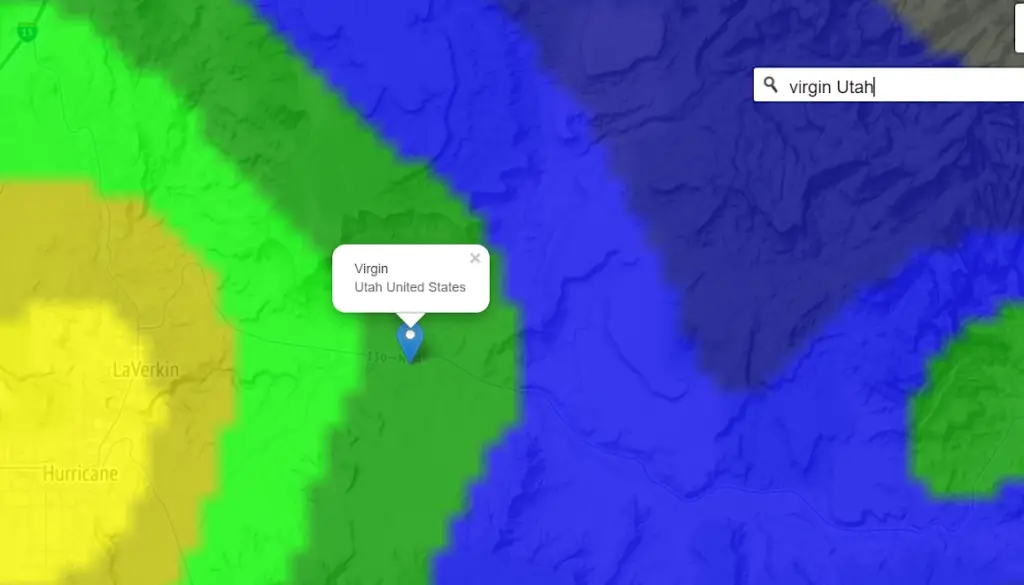
Helper, Utah
I always like to mention International Dark Sky Community areas. To gain this designation an area has to demonstrate that there is significant community support to maintain the darkness of the sky.
That means that many people in this area know about the efforts and have been educated about the dangers of light pollution.
Helper, Utah was designated as a Dark Sky Community in 2020 after creating and enforcing lighting policies with community support of the project.
Located in central Utah, Helper is less than 2 hour south of Salt Lake. It has a historic railroad museum and local theater.
This is a great way to spend time supporting this small town and enjoying the dark skies.
Wolf Creek Pass
Wolf Creek Pass is a dark sky area at an elevation of over 9,000 feet. There are several campgrounds where you can observe with bathrooms and electricity nearby, but there is also Bureau of Land Management land in the area for free camping.
This site comes highly recommended by a local Utah astronomer who drives 90 minutes to set up here.
The sky is not as dark as it once was, but it is a very accessible site less than an hour north of Salt Lake City.
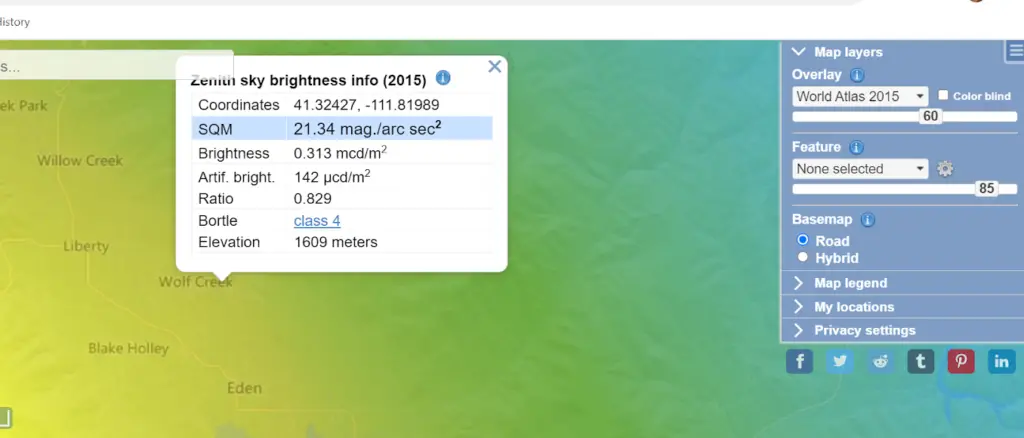
Bryce Canyon National Park
Bryce Canyon National Park is not quite as popular as “The Mighty Five” making it less crowded and easier to find lodging.
This park is in south central Utah, about an hour west of Zion National Park.
They also host very frequent star parties, so if you are traveling without your telescope you could use one here. Currently the schedule states that they are every Friday and Saturday night at 10pm.
There is also an annual Astronomy Festival in the summer at Bryce Canyon. They have daytime activities for families and night activities for astronomers.
Dark Sky Parks in Utah
There are 23 locations that are designated by the International Dark Sky Association. There are Dark Sky Parks, Dark Sky Communities, Dark Sky Sanctuaries and Dark Sky Reserves.
Here is a list of the recognized dark sky locations in Utah:
- Rainbow Bridge National Monument (Dark Sky Sanctuary)
- Antelope Island State Park
- Canyonlands National Park
- Capitol Reef Natural Park
- Cedar Breaks National Monument
- Dead Horse Point State Park
- Goblin Valley State Park
- Hovenweep National Monument
- Natural Bridges National Monument
- North Fork Park
- Steinaker State Park
- Dinosaur National Monument
- Arches National Park
- Bryce Canyon National Park
- East Canyon State Park
- Timpanogos Cave National Monument
- Jordanelle State Park
- Kodachrome Basin State Park
- Goosenecks State Park
- Fremont Indian State Park
- Zion National Park
These locations are some of the oldest and darkest skies that have been designated by the International Dark Sky Association. You can find a map at the Dark Sky Finder Map on darksky.org.
Where Is the Darkest Sky in Utah?
The Rainbow Bridge National Monument is classified as a Dark Sky Sanctuary, the darkest distinction given by the International Dark Sky Association. Utah is home to many areas with bortle 1 skies, these skies are located mostly in the southern half of the state.
The Bridge may only be reached by boat making it a very remote and protected area.
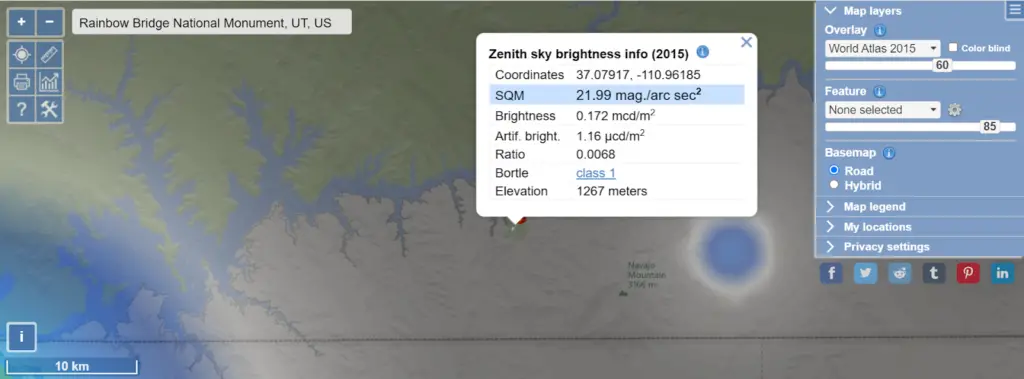
Here is the location of the Rainbow Bridge National Monument on a light pollution map. You can see that not only is it dark in the park, but for miles in every direction.
Southern Utah is all very dark, you can see in the map below the border of the state is almost all bortle 1.
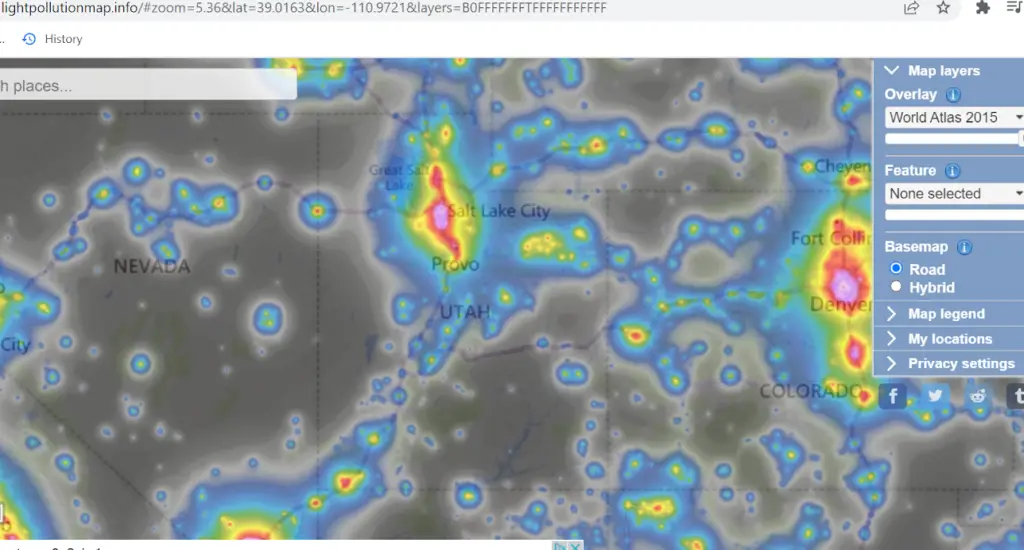
Dark Skies in Utah
If Utah is not already on your bucket list you should add it.
The skies in Utah are very dark and the love for the night sky is part of the culture of these places.
Be sure when visiting these places to obey the parking regulations to avoid blinding someone with your headlights.
Use only red light and bring warm clothes as the temperature dips overnight at these high elevations.
Many of these locations are fairly remote so be sure to pack whatever gear you need and plenty of water.

